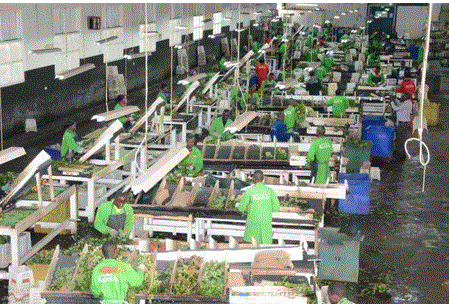×
The Standard e-Paper
Stay Informed, Even Offline

It is a chilly morning and Janet Njeri* joins a group of workers dressed in heavy worn-out sweaters, leaving the sprawling Karagita slum for South Lake Road in Naivasha town, 90 kilometres west of Kenya's capital, Nairobi.
Like many women employed in the flower farms dotting the shores of Lake Naivasha, Njeri leaves her five-year-old daughter at a daycare centre which caters to hundreds of flower farm workers.